Anticoagulant and Antiplatelet Drugs
Anticoagulants are drugs that can reduce blood clotting, thereby preventing the formation of expanding of thrombus. The blood clotting in vivo depends on the functions of blood vessels, platelets and coagulation system three. Moreover, it is a complicated chain reaction of protein hydrolysis and activation under the participation of various coagulation factors. Anticoagulants just take effect through the interfering with different stages of the coagulation process or inhibiting a certain clotting factor to play an anticoagulant effect. Commonly used anticoagulants include heparin and vitamin K antagonist warfarin, dicoumarol and so on.
Heparin takes effects as an anticoagulant through interfering with several aspects of the coagulation process and is effective both in vitro and in vivo. The anticoagulation effect can almost immediately occur after intravenous injection, exhibited as the prolonging of the anticoagulation time, prothrombin time and prothrombin time. Vitamin K antagonists are indirect anticoagulants, mainly takes effect through interfering with the synthesis of the precursor proteins of the vitamin K-dependent coagulation factor II, VII, IV and X with no impact on various coagulation factors that have been formed.
Its advantages are orally effective with long duration of action. Anticoagulants can be applied to thromboembolic disease, the prevention of the formation and expansion of the blood thrombus. It can also used for disseminated intravascular coagulation, cardiovascular surgery, cardiopulmonary bypass, cardiac catheterization, and hemodialysis. Heparin is also used for in vitro anticoagulation such as blood preservation and blood test specimens. The main side effect is the occurrence of bleeding tendency (can be antagonized by injection of specific antidote protamine) and allergic reactions. Patients of certain blood disorders, intracranial hemorrhage, active tuberculosis, peptic ulcer, and severe hypertension should be hanged.
Antiplatelet drugs are drugs which can inhibit platelet function and inhibit the platelet thrombosis. It is generally believed that the platelet has various features including adhesion, aggregation and dilution. When the vessel wall is destroyed, platelet can adhere to the vessel wall due to the exposure of the collagen, through the activation of different biological factors, releasing a variety of active substances which aggregate with each other and form platelet thrombus. The latter one plays an important role in coronary heart disease and atherosclerosis.
In the 1970s, the emerging antiplatelet drugs had substantial efficacy in the prevention of cardiovascular disease, and had drawn more and more clinical attention. Now it has been widely used for prevention and treatment of ischemic cardiovascular and cerebrovascular disease, atherosclerosis, heart valve displacement, coronary artery bypass surgery and the arterial thrombosis caused by rejection reaction after organ transplantation. Commonly used drugs include aspirin, persantin, sulfinpyrazone, dextran, prostacyction, ticlopidine and so on. Some of these drugs exert their antiplatelet effect through the activation of platelet adenylate cyclase or inhibit phosphodiesterase which leads to increased platelet adenylate cyclase (cAMP) concentration; some are through affecting the platelet function through inhibiting the platelet adhesion to the damaged vessel wall or inhibiting the platelet release reaction. By these approaches, they can prevent arterial thrombosis. However, due to that the anti-platelet drugs can cause bleeding tendency, it is not suitable for patients of bleeding tendency to take it. Patient of long-term medication should be subject to regular monitoring of the blood rheology parameters.
- Structure:
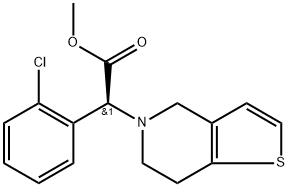
- Chemical Name:Clopidogrel
- CAS:113665-84-2
- MF:C16H16ClNO2S
- Structure:
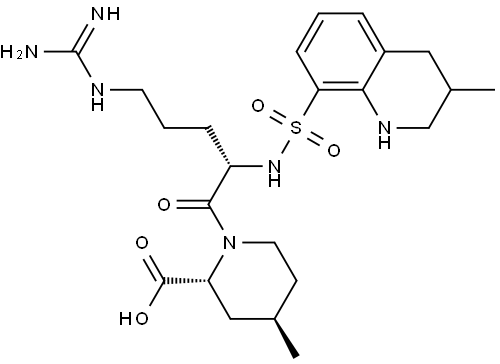
- Chemical Name:Argatroban
- CAS:74863-84-6
- MF:C23H36N6O5S
- Structure:
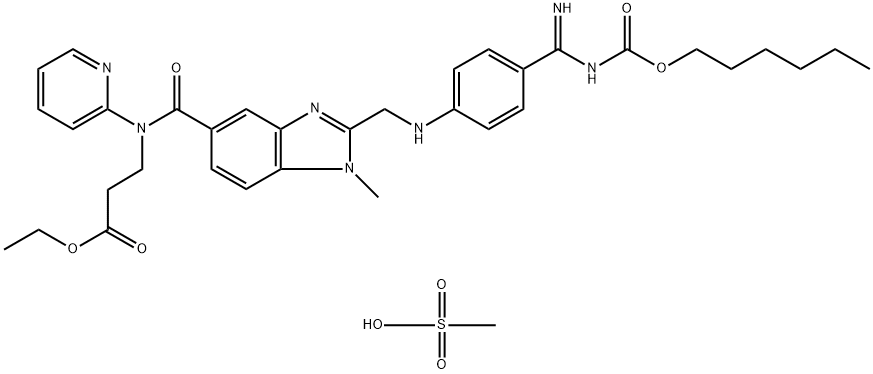
- Chemical Name:Dabigatran Etexilate Mesylate
- CAS:872728-81-9
- MF:C35H45N7O8S
- Structure:
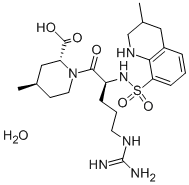
- Chemical Name:Argatroban
- CAS:141396-28-3
- MF:C23H38N6O6S
- Structure:

- Chemical Name:Rivaroxaban
- CAS:366789-02-8
- MF:C19H18ClN3O5S
- Structure:
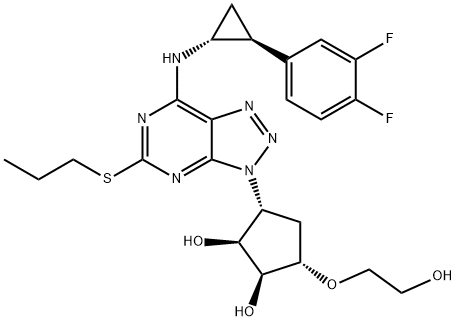
- Chemical Name:TICAGRELOR
- CAS:274693-27-5
- MF:C23H28F2N6O4S
- Structure:

- Chemical Name:Dabigatran etexilate
- CAS:211915-06-9
- MF:C34H41N7O5
- Structure:
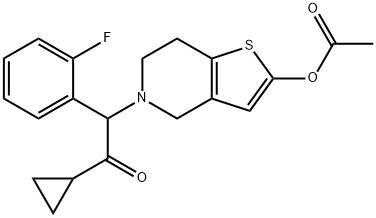
- Chemical Name:Prasugrel
- CAS:150322-43-3
- MF:C20H20FNO3S
- Structure:
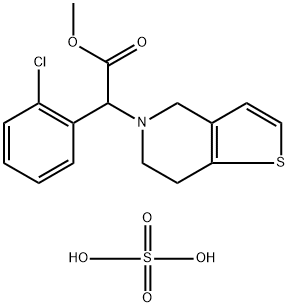
- Chemical Name:Clopidogrel hydrogen sulfate
- CAS:135046-48-9
- MF:C16H18ClNO6S2
- Chemical Name:Heparin sodium
- CAS:9041-08-1
- MF:(C12H16NS2Na3)20
- Structure:
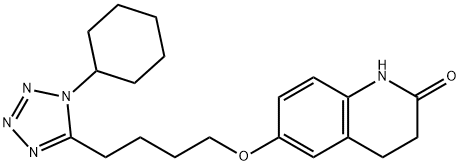
- Chemical Name:Cilostazol
- CAS:73963-72-1
- MF:C20H27N5O2
- Structure:
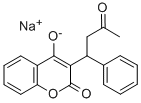
- Chemical Name:Warfarin sodium
- CAS:129-06-6
- MF:C19H15O4.Na
- Structure:

- Chemical Name:Daltroban
- CAS:79094-20-5
- MF:C16H16ClNO4S
- Structure:
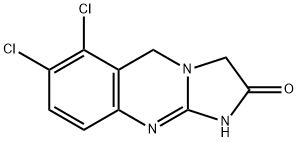
- Chemical Name:Anagrelide
- CAS:68475-42-3
- MF:C10H7Cl2N3O
- Structure:
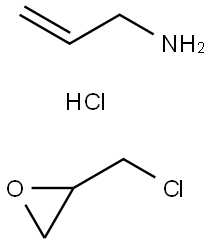
- Chemical Name:Sevelamer hydrochloride
- CAS:152751-57-0
- MF:C6H13Cl2NO
- Structure:
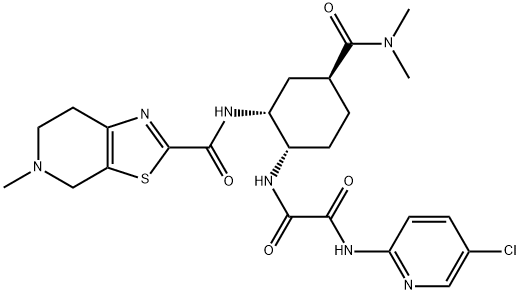
- Chemical Name:edoxaban
- CAS:480449-70-5
- MF:C24H30ClN7O4S
- Structure:
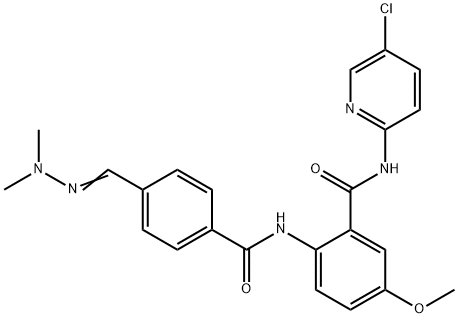
- Chemical Name:Betrixaban
- CAS:330942-05-7
- MF:C23H22ClN5O3
- Structure:

- Chemical Name:Ticlopidine hydrochloride
- CAS:53885-35-1
- MF:C14H14ClNS.ClH
- Chemical Name:SULODEXIDE
- CAS:57821-29-1
- MF:
- Structure:
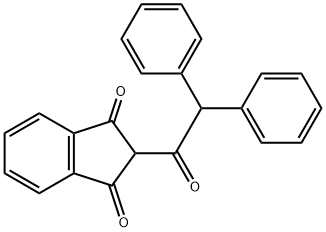
- Chemical Name:DIPHACINONE
- CAS:82-66-6
- MF:C23H16O3
- Structure:
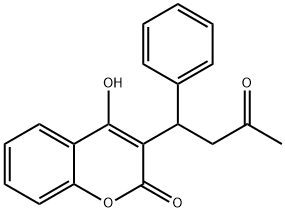
- Chemical Name:Warfarin
- CAS:81-81-2
- MF:C19H16O4
- Structure:
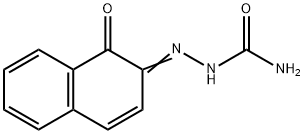
- Chemical Name:naftazone
- CAS:15687-37-3
- MF:C11H9N3O2
- Structure:
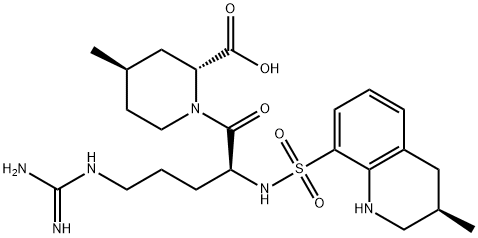
- Chemical Name:21R-Argatroban
- CAS:121785-71-5
- MF:C23H36N6O5S
- Chemical Name:HEPARIN CALCIUM
- CAS:37270-89-6
- MF:
- Structure:
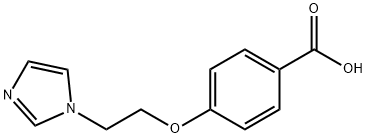
- Chemical Name:Dazoxiben
- CAS:78218-09-4
- MF:C12H12N2O3
- Chemical Name:HEPARIN SODIUM BRP
- CAS:
- MF:
- Structure:
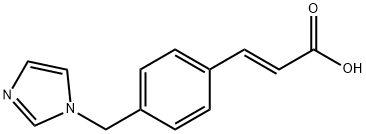
- Chemical Name:Ozagrel
- CAS:82571-53-7
- MF:C13H12N2O2
- Chemical Name:ENOXAPARIN, [1-3H]
- CAS:
- MF:
- Structure:
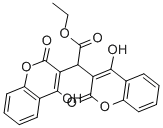
- Chemical Name:Ethyl Biscoumacetate
- CAS:548-00-5
- MF:C22H16O8
- Chemical Name:Duodenum Heparinoid
- CAS:
- MF:
- Chemical Name:Alginic Sodium Diester
- CAS:9005-40-7
- MF:
- Structure:
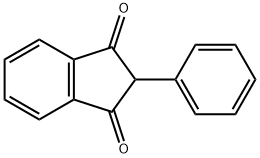
- Chemical Name:2-PHENYL-1,3-INDANDIONE
- CAS:83-12-5
- MF:C15H10O2
- Structure:
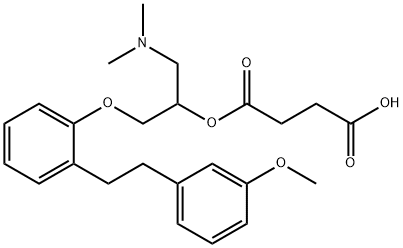
- Chemical Name:Sarpogrelate
- CAS:125926-17-2
- MF:C24H31NO6
- Structure:
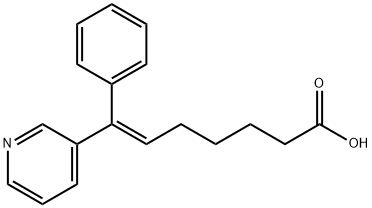
- Chemical Name:ISBOGREL
- CAS:89667-40-3
- MF:C18H19NO2
- Structure:

- Chemical Name:Dabigatran
- CAS:211914-51-1
- MF:C25H25N7O3
- Structure:

- Chemical Name:Ozagrel sodium
- CAS:189224-26-8
- MF:C13H11N2NaO2
- Structure:
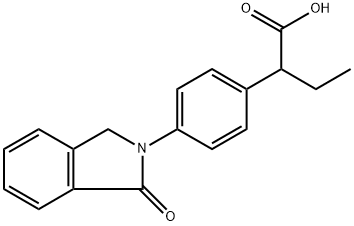
- Chemical Name:Indobufen
- CAS:63610-08-2
- MF:C18H17NO3
- Structure:
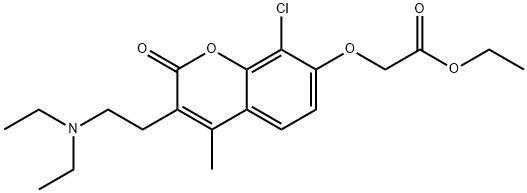
- Chemical Name:Cloricromene
- CAS:68206-94-0
- MF:C20H26ClNO5
- Structure:

- Chemical Name:Sarpogrelate hydrochloride
- CAS:135159-51-2
- MF:C24H32ClNO6
- Structure:

- Chemical Name:Heparin
- CAS:9005-49-6
- MF:C26H41NO34S4
- Structure:
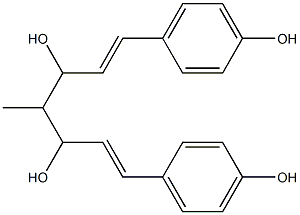
- Chemical Name:Ethylidenedicoumarol
- CAS:
- MF:C20H22O4
- Structure:

- Chemical Name:Ticlopidine
- CAS:55142-85-3
- MF:C14H14ClNS
- Structure:
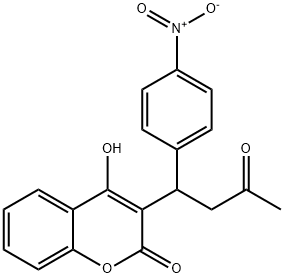
- Chemical Name:ACENOCOUMAROL
- CAS:152-72-7
- MF:C19H15NO6
- Structure:
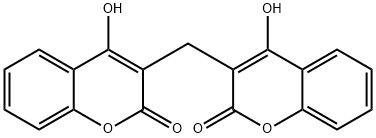
- Chemical Name:DICUMAROL
- CAS:66-76-2
- MF:C19H12O6
- Structure:

- Chemical Name:Trisodium citrate dihydrate
- CAS:6132-04-3
- MF:C6H9Na3O9
- Structure:
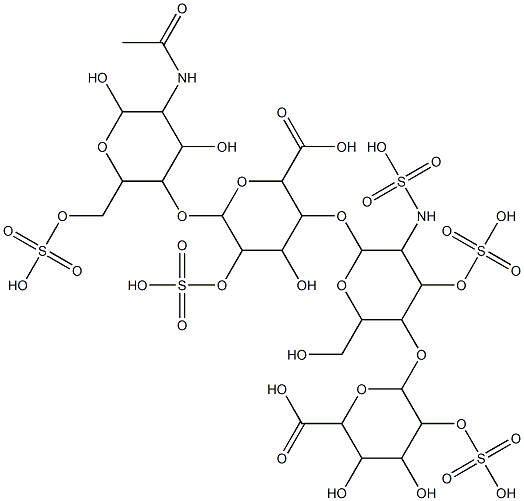
- Chemical Name:HEPARIN
- CAS:91449-79-5
- MF:C26H42N2O37S5